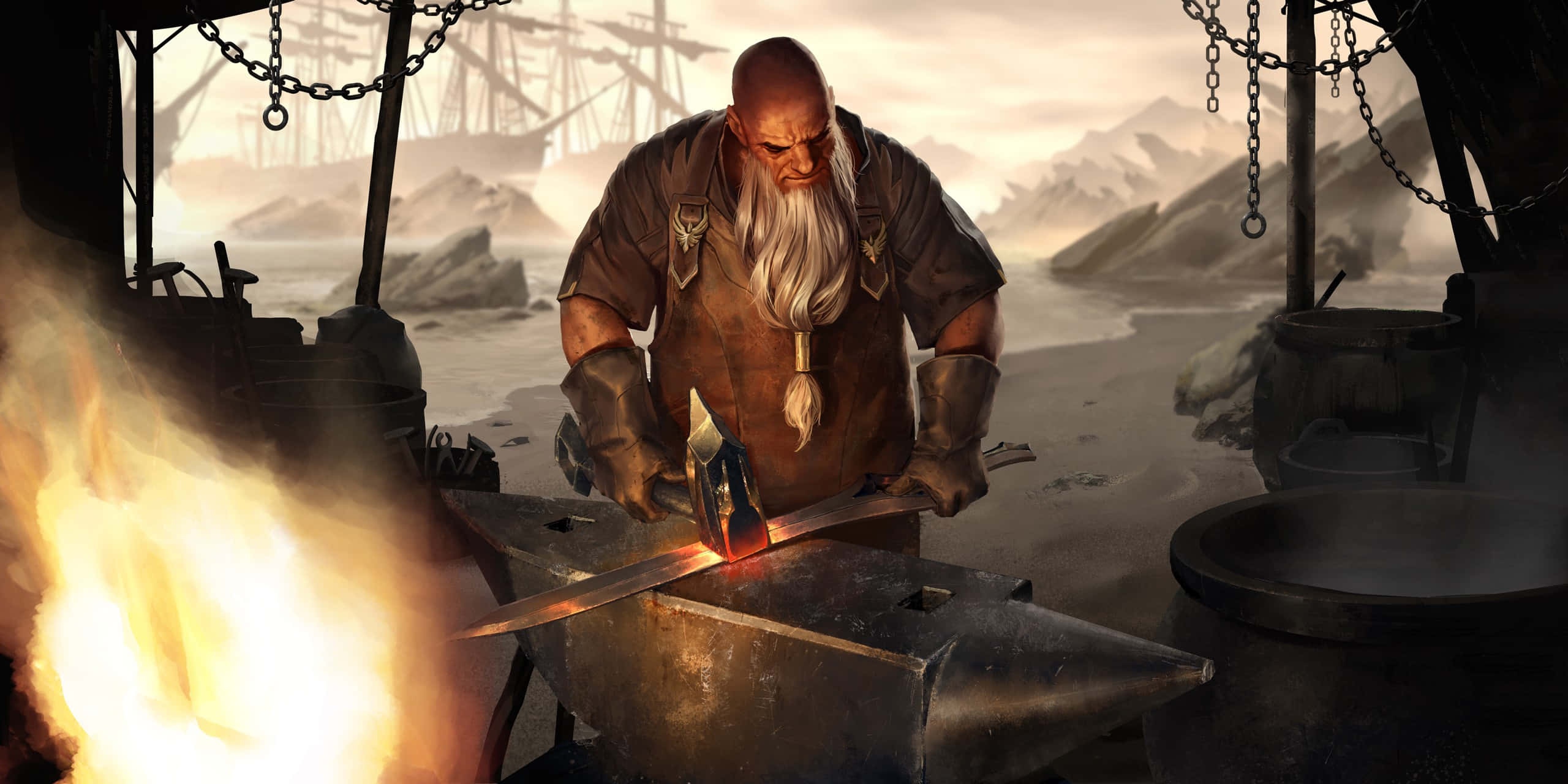The History of Blacksmithing: Forging Through Centuries
Introduction:
Blacksmithing, the venerable craft of manipulating iron and steel, has been a foundational pillar in the development of civilizations. This article traverses the multifaceted history of blacksmithing, spotlighting seminal contributors and their revolutionary innovations.
Ancient Beginnings (1500 BCE):
The genesis of blacksmithing is attributed to the Hittites around 1500 BCE, marking the dawn of ironworking. The craft disseminated to advanced civilizations like Egypt and Mesopotamia, where blacksmiths were revered for fabricating weapons, agricultural implements, and household artifacts. Learn more…
Middle Ages (5th – 15th Century):
In the Middle Ages, blacksmithing was indispensable to the evolution of feudal societies. A notable figure, Johannes Gutenberg, exemplified the versatility of blacksmithing by inventing the movable type printing press around 1440, altering the paradigm of information exchange. Read more..
Industrial Revolution (18th – 19th Century):
The Industrial Revolution ushered in transformative changes to blacksmithing with the advent of factories and innovative technologies, enabling mass production. However, the craft persisted with blacksmiths like James Nasmyth, who invented the steam hammer in 1839, streamlining the forging of substantial metal pieces. Explore more..
20th Century Renaissance:
The 20th century saw a renaissance of blacksmithing with artist-blacksmiths like Samuel Yellin revitalizing interest in decorative ironwork. Yellin’s intricate designs and commitment to craftsmanship redefined artistic metalwork, elevating the craft to new heights. Discover more..
Modern Day Innovations:
Today, organizations like the Artist-Blacksmith’s Association of North America (ABANA) champion the craft, fostering a community of artisans dedicated to advancing blacksmithing. Modern masters like Wally Hayes continue to innovate, melding tradition with contemporary techniques to create exquisite blades and metal artworks. Discover more..
Conclusion:
The odyssey of smithing from the ancient anvils of the Hittites to today’s state-of-the-art forges is a compelling narrative of innovation and resilience. The monumental contributions of blacksmiths like Gutenberg and Nasmyth have indelibly shaped the trajectory of history. The enduring allure and continual evolution of this timeless craft are safeguarded by contemporary masters and esteemed organizations, ensuring its perpetual relevance and advancement in the modern era.

